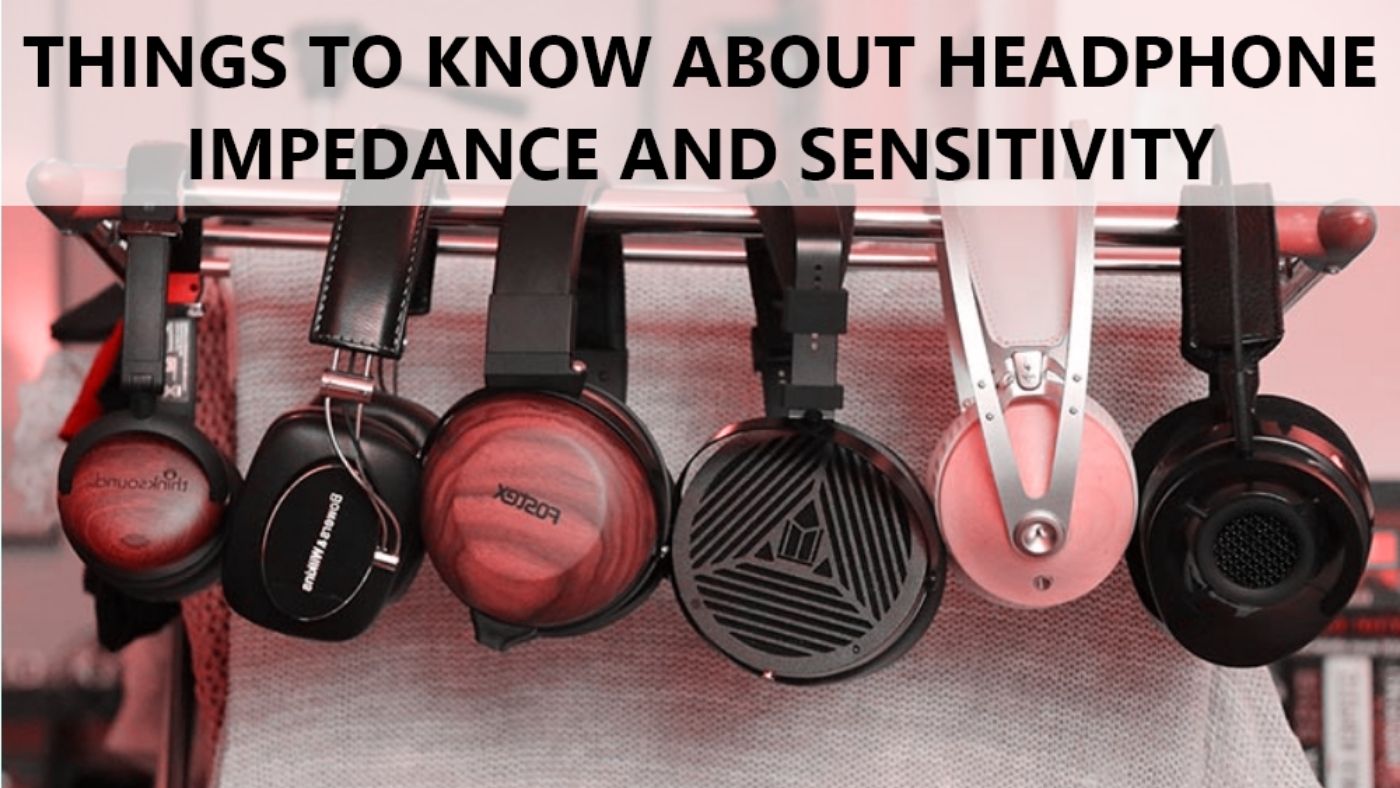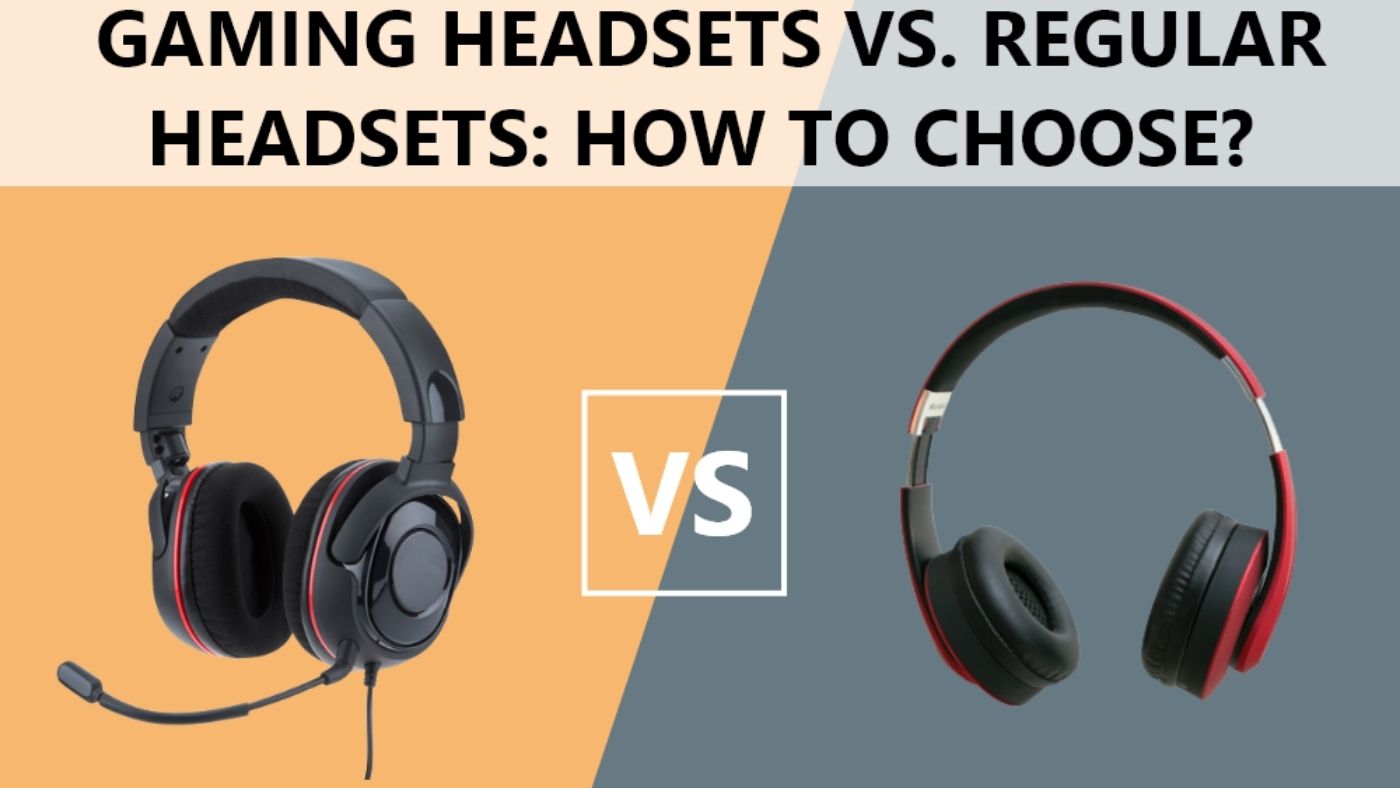لقد تطورت سماعات الرأس بشكل كبير عن سماعات الأمس الضخمة وغير المريحة والمرهقة. صُممت سماعات الرأس الحديثة اليوم لتكون خفيفة الوزن ومريحة وتوفر صوتًا عالي الجودة. ومع ذلك، يُنصح بفهم بعض الجوانب التقنية لتصميم سماعات الرأس للحصول على أفضل أداء. تُعدّ المقاومة والحساسية مواصفات أساسية تُحدد جودة الصوت في سماعات الرأس. ستشرح هذه المدونة ماهية المقاومة والحساسية لسماعات الرأس لتتمكن من اختيار السماعة المناسبة لاحتياجاتك السمعية.
ما هي معاوقة سماعة الرأس؟

معاوقة سماعات الرأس هي مقدار المقاومة الكهربائية التي توفرها سماعات الرأس. يُقاس هذا التصنيف بالأوم، ويوضح مدى صعوبة مرور الإشارات الصوتية عبر سماعات الرأس. بشكل عام، تكون سماعات الرأس ذات المعاوقة المنخفضة (16-32 أوم) أسهل في التشغيل وتوفر جودة صوت أفضل من الطرز ذات المعاوقة الأعلى (50-600 أوم).
ما هي حساسية سماعة الرأس؟

تقيس حساسية سماعات الرأس مدى كفاءة تحويل الإشارة الكهربائية إلى صوت. تُقاس بوحدة ديسيبل/ملي واط (ديسيبل لكل ملي واط)، وتشير إلى مستوى الصوت الذي يمكن لسماعات الرأس إنتاجه باستخدام ملي واط واحد من الطاقة. عادةً ما تعني درجات الحساسية العالية مستويات صوت أعلى عند أي مستوى طاقة مُحدد، بينما تعني درجات الحساسية المنخفضة عادةً مستويات صوت أقل.
لماذا تعتبر معاوقة سماعة الرأس وحساسيتها أمرا مهما؟

تُعد مقاومة سماعات الرأس وحساسيتها عاملين أساسيين عند اختيار زوج من سماعات الرأس. تؤثر المقاومة على الطاقة اللازمة لتشغيل سماعات الرأس، بينما تُحدد الحساسية مستوى صوتها عند أي مستوى طاقة مُحدد.
ماذا يجب أن أعرف أيضًا؟
عند اختيار سماعات الرأس، من الضروري مراعاة عوامل أخرى، مثل الراحة وميزات التصميم. غالبًا ما يُدرج مُصنِّعو سماعات الرأس مستويات طاقة مُضخِّم الصوت المُوصى بها لتحقيق الأداء الأمثل، مما يُساعدك على اختيار مُضخِّم صوت بقوة كافية لتشغيل سماعات الرأس التي اخترتها بكفاءة.
من الجيد أيضًا مراعاة بيئة الاستماع قبل الشراء. قد تكون السماعات ذات الحساسية العالية أفضل للاستخدام في الهواء الطلق أو في بيئات صاخبة. أما السماعات ذات المقاومة المنخفضة، فقد تكون أكثر ملاءمة للاستماع في المنزل أو الاستوديو، لأنها لا تتطلب طاقة كبيرة لتشغيلها.
أخيرًا، من المهم ملاحظة أن المقاومة والحساسية ليسا العاملَين الوحيدَين لتحقيق جودة صوت جيدة. فالعديد من العلامات التجارية تُقدّم أيضًا ميزاتٍ مثل عزل الضوضاء، ونطاق استجابة التردد، ومستوى الصوت، والتي تُسهم جميعها في الأداء العام لسماعات الرأس التي تختارها.
في نهاية المطاف، يُعد فهم معاوقة وحساسية سماعات الرأس أمرًا أساسيًا لاتخاذ قرار واعٍ عند اختيار سماعات الرأس. بفضل هذه المعرفة، يمكنك ضمان اختيار سماعات الرأس الأنسب لاحتياجاتك وميزانيتك.
تأثير المعاوقة والحساسية على الأداء
تؤثر مقاومة سماعات الرأس وحساسيتها على أدائها. تتطلب سماعات الرأس ذات المقاومة المنخفضة طاقة أقل من جهازك، ولكنها قد لا تُنتج نفس مستوى الصوت أو استجابة الجهير التي تُنتجها الطُرز ذات المقاومة الأعلى. من ناحية أخرى، تُصدر سماعات الرأس ذات الحساسية العالية صوتًا أعلى مع طاقة أقل، ولكنها قد تُسبب تشويشًا أكبر عند رفع مستوى الصوت.
عند اختيار سماعات الرأس، من الضروري مراعاة كلٍّ من تصنيف المقاومة والحساسية للحصول على أفضل أداء يُلبي احتياجاتك. تُقدم سماعات الرأس عالية الجودة جودة صوت أفضل في جميع مستويات الصوت، لذا قد يكون الاستثمار في طُرز أعلى قيمةً مُجديًا.
عوامل يجب مراعاتها قبل شراء سماعات الرأس الاحترافية
1. المتانة:
عند شراء سماعات رأس احترافية، يجب مراعاة عدد مرات استخدامها والظروف التي قد تؤثر عليها. احرص على مراعاة نوع المواد المُصنّعة منها وبنيتها العامة؛ ابحث عن زوج مصنوع من مواد متينة تتحمل الاستخدام المتكرر وسوء الاستخدام.
2. الراحة والملاءمة:
يلعب مقاس سماعات الرأس دورًا هامًا في مدى راحة ارتدائها، ويؤثر على جودة الصوت. ابحث عن عصابات رأس قابلة للتعديل بحشوة سميكة توفر الراحة أثناء جلسات الاستماع الطويلة. كذلك، ضع في اعتبارك ما إذا كانت وسادات الأذن تغطي الأذنين بالكامل (تُغطيهما بالكامل) أو فوق الأذن (تستقر فوقهما).
بالإضافة إلى ذلك، من الضروري الانتباه إلى حجم أغطية الأذن؛ حيث يمكن لأغطية الأذن الأكبر حجمًا أن توفر عزلًا أفضل للصوت وتجربة استماع أكثر غامرة.
3. جودة الصوت:
تُحدد جودة صوت سماعات الرأس بشكل كبير بمدى استجابتها للتردد (طيف الترددات الصوتية التي تُصدرها). ابحث عن سماعات رأس ذات نطاق استجابة تردد واسع، عادةً من 20 هرتز إلى 20 كيلوهرتز، فهذا يضمن دقة صوتية أعلى في جميع أنواع الموسيقى. بالإضافة إلى ذلك، يجب مراعاة تصنيف المقاومة الكهربائية لسماعات الرأس، فهو يقيس مقدار الطاقة اللازمة للوصول إلى مستويات الأداء الأمثل. تُفضل تصنيفات المقاومة المنخفضة لأنها تُسهّل على أجهزة مثل الهواتف أو أجهزة الكمبيوتر المحمولة تشغيلها دون الحاجة إلى مُضخّم صوت خارجي أو مُحوّل رقمي تناظري.
كيف تؤثر المقاومة على صوت سماعات الرأس؟

تُعد المقاومة الكهربائية أساسية عند تقييم جودة صوت سماعات الرأس، إذ تؤثر على كيفية إعادة إنتاج الإشارات الصوتية. تتراوح قيم المقاومة الكهربائية بين 16 و600 أوم، وقد تختلف اختلافًا كبيرًا بين أنواع سماعات الرأس المختلفة. تُسهّل سماعات الرأس ذات المقاومة الكهربائية المنخفضة تشغيل أجهزة مثل الهواتف الذكية أو أجهزة الكمبيوتر المحمولة، إلا أنها تُقلل من تحكمها في الصوت. من ناحية أخرى، تتطلب سماعات الرأس ذات المقاومة الكهربائية الأعلى طاقة أكبر، لكنها تُوفر تفاصيل ووضوحًا أكبر في الموسيقى التي تُعيد إنتاجها.
من الأفضل اختيار سماعات رأس تناسب طاقة خرج جهازك. إذا كنت تخطط لاستخدامها مع جهاز كمبيوتر محمول أو هاتف ذكي، فابحث عن موديلات ذات مقاومة أقل حتى لا تضطر إلى رفع مستوى الصوت كثيرًا. للحصول على أفضل جودة صوت من سماعات الرأس، ابحث عن موديلات ذات مقاومة أعلى تسمح لك بسماع كل تفاصيل موسيقاك.
أسئلة وأجوبة
فيما يلي بعض الأسئلة الشائعة التي تم شرحها لفهم مقاومة وحساسية سماعات الرأس بشكل أفضل.
هل يمكن تغيير تصنيف حساسية سماعات الرأس؟
لا، لا يمكن تغيير تصنيف حساسية سماعات الرأس. يشير تصنيف الحساسية إلى مدى كفاءة محرك الأقراص في تحويل الطاقة إلى صوت - تتطلب الموديلات ذات الحساسية الأعلى طاقة أقل، ولكنها قد تكون أيضًا أقل تحكمًا في الصوت. للحصول على أفضل جودة صوت من سماعات الرأس، ابحث عن موديلات ذات مقاومة أعلى تسمح لك بسماع كل تفاصيل موسيقاك. بالإضافة إلى ذلك، تأكد من أن سماعات الرأس قابلة للتشغيل بواسطة جهازك دون أي تشويش - فقد يؤدي استخدام طاقة زائدة إلى تلف محرك الأقراص أو إصدار صوت مشوه. من الجيد دائمًا معرفة نوع مكبر الصوت أو الجهاز الذي سيشغل سماعات الرأس قبل الشراء.
كيف يمكنك معرفة جودة سماعات الرأس؟
ابحث عن طراز ذي مقاومة أعلى وحساسية جيدة، وتأكد من أن جهازك قادر على تشغيله دون أي تشويش. بالإضافة إلى ذلك، ضع في اعتبارك عوامل مثل نوع برامج التشغيل المستخدمة، ونطاق التردد الذي تغطيه، وجودة التصنيع. جميع هذه العوامل تؤثر على جودة إنتاج الصوت في سماعات الرأس، لذا ابحث عن طرازات تلبي جميع هذه المتطلبات. اطلع أيضًا على تقييمات العملاء، فهي مصدر إضافي للآراء وتساعدك في تحديد ما إذا كان زوج معين مناسبًا لك. أخيرًا، جرّب سماعات الرأس بنفسك لتقييم جودة الصوت ومستوى الراحة قبل الشراء. في حال وجود أي شك، اختر دائمًا العلامات التجارية الموثوقة ذات السمعة الطيبة.
ما هو تصنيف حساسية سماعات الرأس الجيد؟
عند استخدام سماعات الرأس، يُشير تصنيف الحساسية الجيد إلى مدى ارتفاع الصوت عند تشغيله عبر الجهاز. وبشكل عام، تعني تصنيفات الحساسية الأعلى استهلاك طاقة أقل من أجهزتك للوصول إلى مستويات الصوت المطلوبة، مما يُحسّن عمر البطارية ويُساعد على تجنب التشويش. يُقاس مستوى حساسية سماعات الرأس عادةً بالديسيبل لكل ملي واط (dB/mW).



